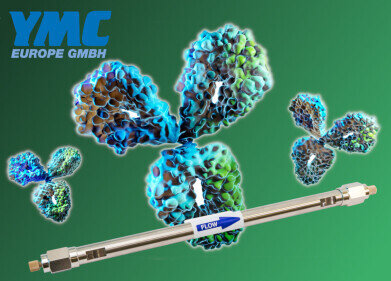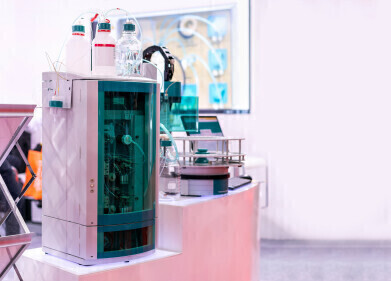Ion chromatography (IC)
How Are 'Date-Rape' Drugs Detected?
Sep 21 2017
The use of drug to allow ‘date-rape’ — and other sexual assaults — to be perpetrated is unfortunately relatively well-known. One of the main drugs associated with sexual assaults is GHB, a drug that has been difficult to detect after it has been administered due to its relatively quick metabolism in the body.
This has been a challenge for forensic scientists and police services hoping to use its use as evidence in any prosecutions. But a new study published in Analytical Chemistry suggests that investigators might have another tool in their armoury in their fight to help prosecute people who commit this heinous crime.
GHB — gamma-hydroxybutyric acid
Amongst the different drugs used to help criminals commit drug facilitated crimes gamma-hydroxybutyric acid is one of the drugs that is hardest to detect. GHB was first synthesized in the 1870s, but it was not until the 1960s that research efforts into its use in humans was carried out. It is a naturally occurring neurotransmitter and can act as a psychoactive drug.
Medically, GHB has been used as a general anaesthetic and in treatment of various sleeping disorders — with its main use currently being in the treatment of narcolepsy. It is used recreationally to give a feeling of euphoria and has been reported to lower inhibitions. But it is its use as a ‘date-rape’ drug that has made GHB known to the public.
Undetected, hiding from forensics
GHB metabolises quickly in the body, which is the reason it is so difficult to detect at elevated levels — since GHB naturally occurs in the body there will always be traces of it in samples. Typically, samples must be taken within four hours of the drug being administered — but many victims might not be in a position to report any attack within that time frame.
Traditionally, chromatography in conjunction with mass spectrometry has been the analytical technique used to test samples for GHB. The use of mass spectrometry with chromatography is discussed in the article, MS Atmospheric Pressure Ionisation Sources: Their Use and Applicability.
Finding the hidden drug
Scientists from the UK and Spain dosed 12 people with GHB and then sampled their urine for up to 30 hours and their serum for up to 13 hours. The samples were analysed for traces of the drug using nuclear magnetic resonance (NMR) In the paper they state that: “Unlike current procedures for the analyses of consumed GHB (mostly based on GC/MS and LC-MS), NMR spectroscopy allowed the quick monitoring of exogenous GHB within the almost intact bodily fluid.”
They could identify metabolites of GHB up to 24 hours after ingestion, GHB levels dropped to normal levels after 6 hours. Although chromatography methods are the standard test methods for GHB, the use of NMR could offer forensic scientists a longer window of detection.
Events
Apr 22 2025 Kintex, South Korea
Analytica Anacon India & IndiaLabExpo
Apr 23 2025 Mumbai, India
Apr 27 2025 Portland, OR, USA
May 11 2025 Vienna, Austria
May 18 2025 Tempe. AZ, USA














